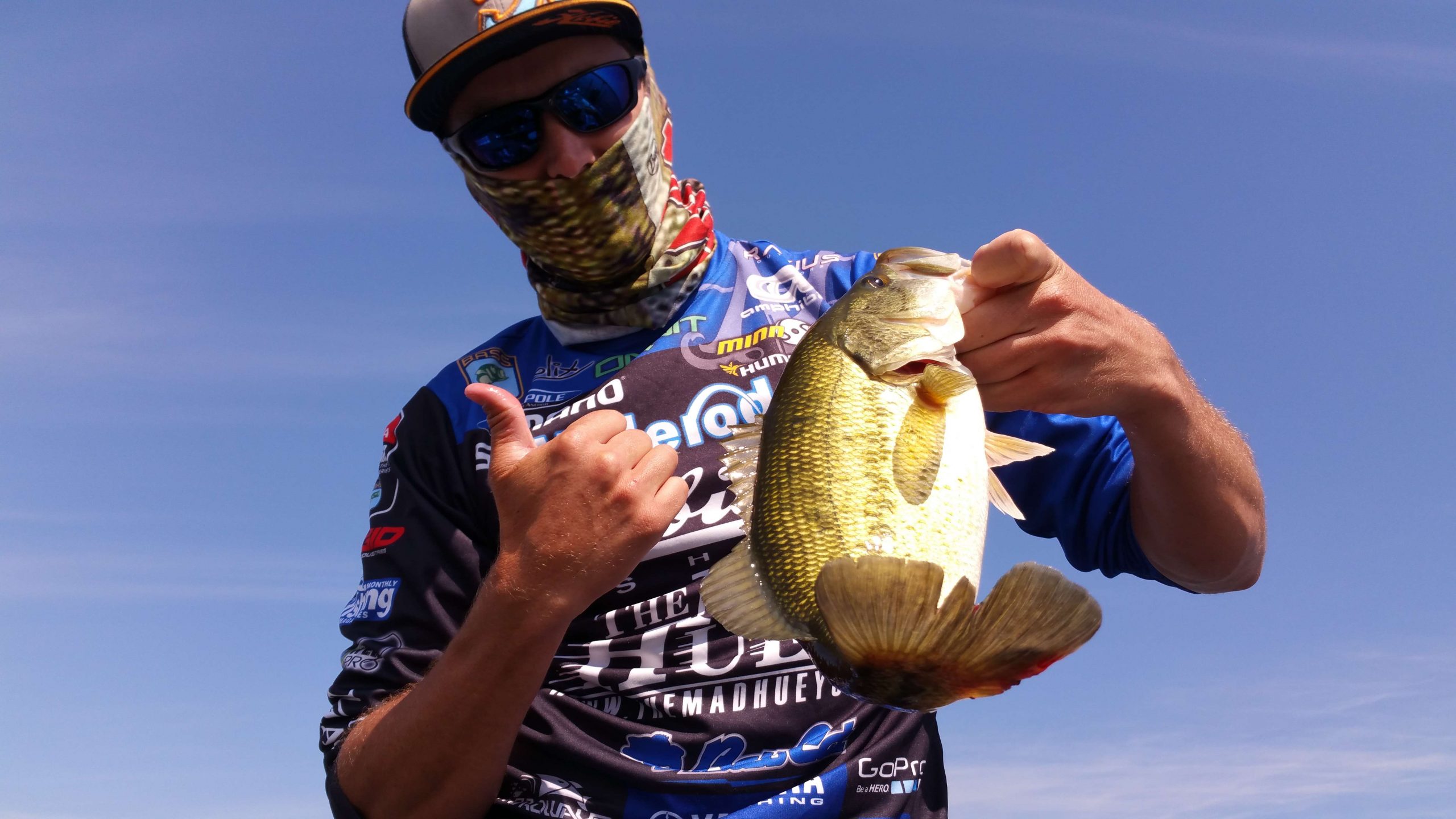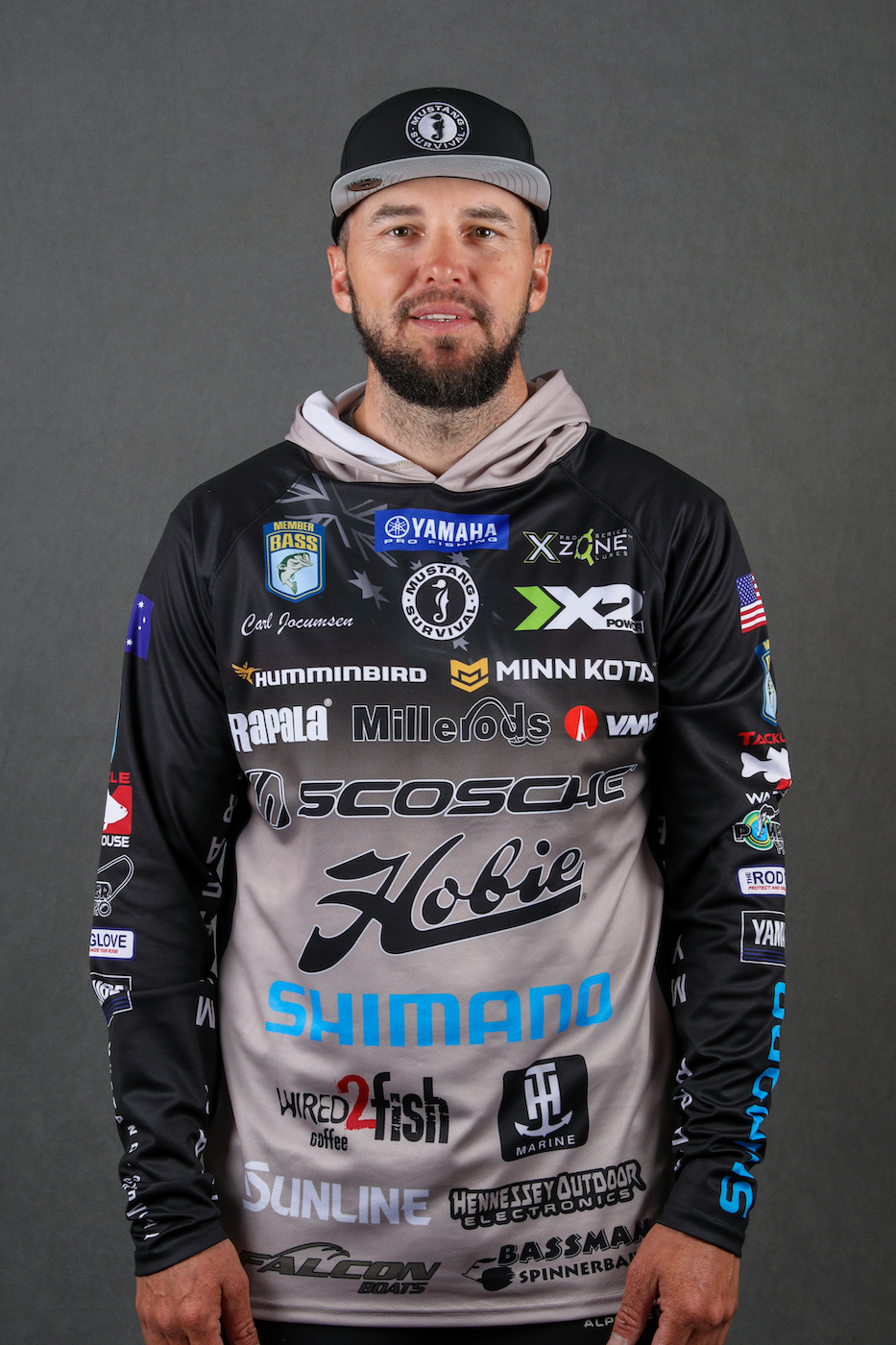
In part 1 of this column, I talked about some of the language and cultural differences between Australia and the United States. Today I want to tell you how I adjusted to the many differences in fishing over there versus over here.
The biggest difference, of course, is that there aren’t any largemouth, smallmouth or spotted bass in Australia. We fished for several species that have similar habits and eat similar lures, but you can’t really understand bass behavior until you’ve actually fished for them.
As a result of the difference in species, there were several techniques that I’d never tried. For example, none of our fish “bed” in the traditional sense. Most of them are stocked as the result of a hatchery program and the only ones that breed in the wild are fish in our brackish river systems. As a result, sight fishing for spawning bass was totally new to me. I’d never flipped or used a jig, either. Those techniques are totally unheard of in Australia.
I also had to get used to totally different measurements. Until I was 26, I’d only used kilometers, meters and centimeters. When I got over here, everything switched to miles, yards and inches. At first, it totally confused me. Someone would tell me to drive 100 miles, and it would seem like it was taking far longer than it should. Or else I’d get to a lake and the minimum size to keep a bass would be 15 inches, and I’d have to go around and around in my head to make sure that all of my fish were legal. Then there were the weight conversions – we measured everything in kilograms and grams rather than pounds and ounces, so the weights were completely foreign to me.
At home, we measure temperatures in “Celsius” while here you express them in “Fahrenheit.” I’d never seen a reading over about 45 degrees until I got here, so the first time I saw a reading of 90 I just about freaked out. From a fishing perspective, it has been a challenge because if I know that bass start to spawn at a certain temperature, or they’ll eat a frog at a certain temperature, once again I’m doing math in my head rather than just fishing. To make it even more confusing, since Australia is on the other side of the equator, I think of going north as heading toward hotter temperatures, while in the U.S. it is exactly the opposite. Then again, our seasons are reversed, too. I’m used to Christmas coming at the hottest time of the year.
While some of my competition on the Elite Series have been fishing bass tournaments since they were kids and the vocabulary comes naturally to them, for me I learn something new every day. For example, I’d never heard the term “offshore,” so when other anglers used that term I thought they were talking about fishing off the coast in saltwater. At home, we call all vegetation “weeds,” so when I was told to fish “the grass,” I assumed that the lakes were flooded and the best pattern was up in peoples’ lawns.
On the Elite Series, I drive a 20 foot Bass Cat Puma FTD with a 250 horsepower outboard and the latest and greatest sonar and mapping systems. I never would have expected that when I first started tournament fishing in 1999, because I recall there being only three fiberglass bass boats on the circuit back then. Most people fished out of aluminum boats, which we refer to as “tinnies.” More fiberglass boats were added incrementally, and now 80 percent of them are U.S.-made bass boats, but they still don’t have all of the advantages that we do. For example, my Humminbird electronics have highly detailed mapping chips for all of the lakes we fish with B.A.S.S, but there’s no mapping for any of the Australian lakes.
Another difference is that while some of the U.S. waters have alligators, back home we often fish around crocodiles. That doesn’t sound like a big deal, until you realize that the aggressive crocs consider you a floating meal. They’ll jump in the boat and attack you, so if you’re fishing in crocodile-infested waters, you’d be foolish to use your regular bass boat. You need something with much higher sides to be safe. If you do get attacked by a croc over there, it’s going to be a long ride to the hospital, because most Australian tournament lakes are super remote. There might be a gas station and a campground within driving distance, but no hospital and certainly no luxury hotels. I slept in my “swag,” essentially a canvas roll-up bed, for 10 years.
The financial considerations of tournament fishing are also very different. First, I had to get used to the currency exchange. Since I’ve been over here, the Australian dollar has been worth anywhere from 62 to 75 cents. Fortunately, things like petrol (aka, gas) and fishing tackle are much cheaper over here. To give you an example, a Jackall lipless crankbait from Japan, one of the most popular lures in Australia, retails for about $30, as opposed to about $15 over here.
Tournament fishing isn’t quite as expensive or nearly as profitable there, either. Entry fees for a typical event are about $300. When I left in 2010, I was the all-time leader in tournament winnings, with just about $60,000 total. Six years later, no one has yet surpassed that amount, but in my short career with B.A.S.S. I have made more than that. It has been an awesome ride so far, and despite the challenges, I wouldn’t trade it for anything.

